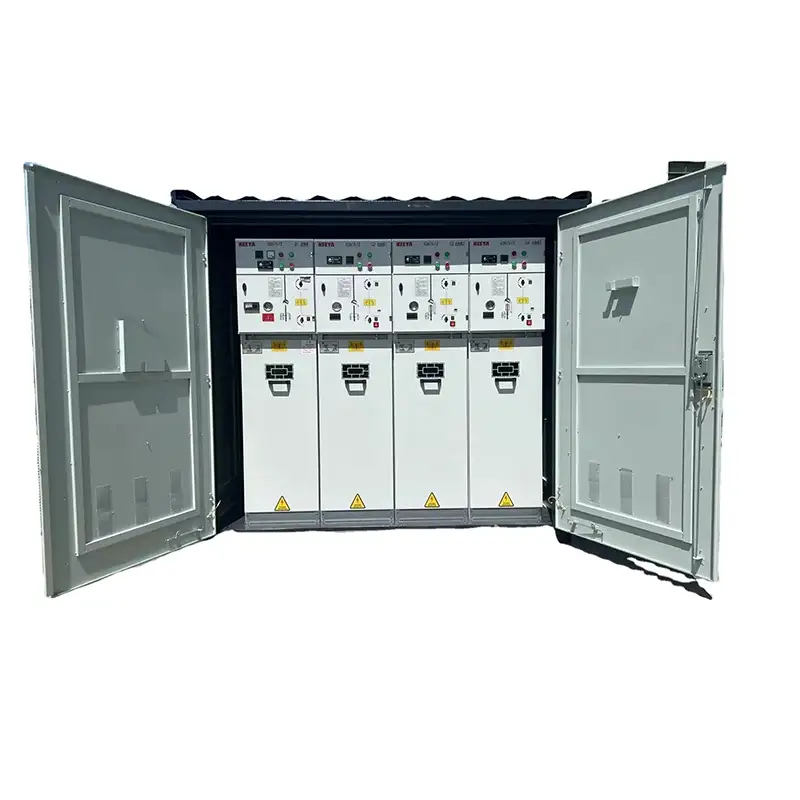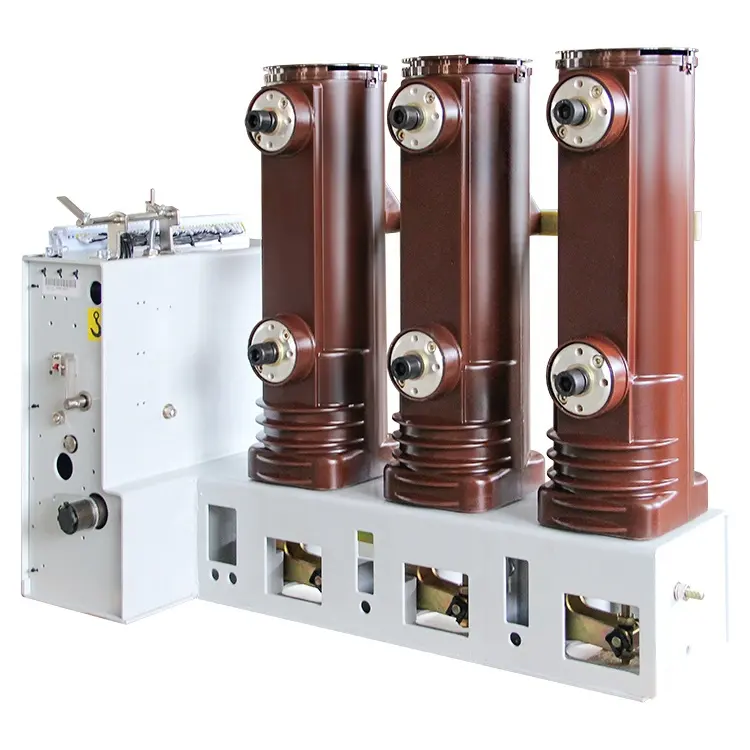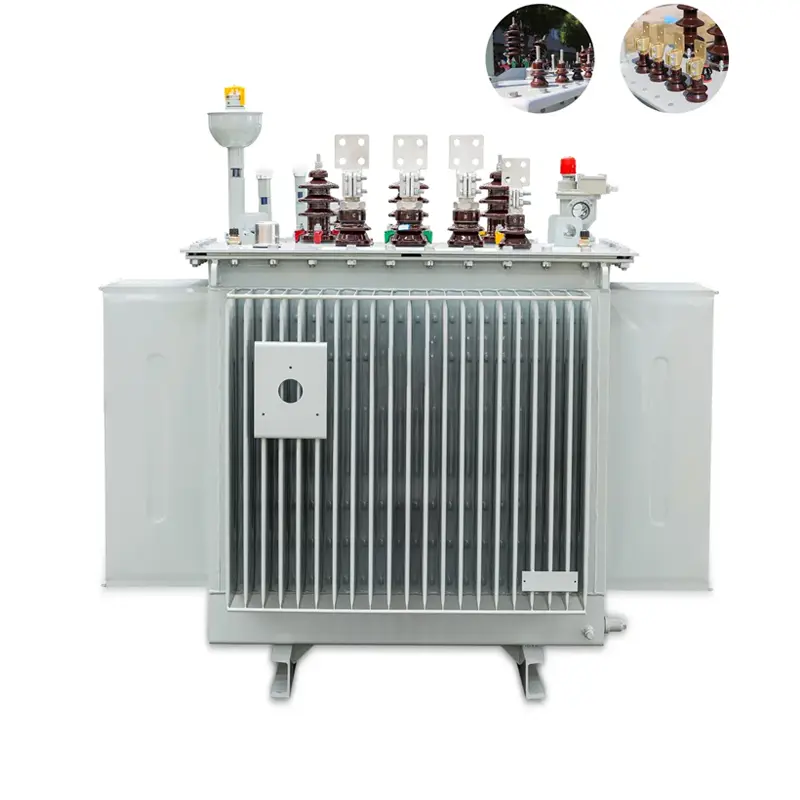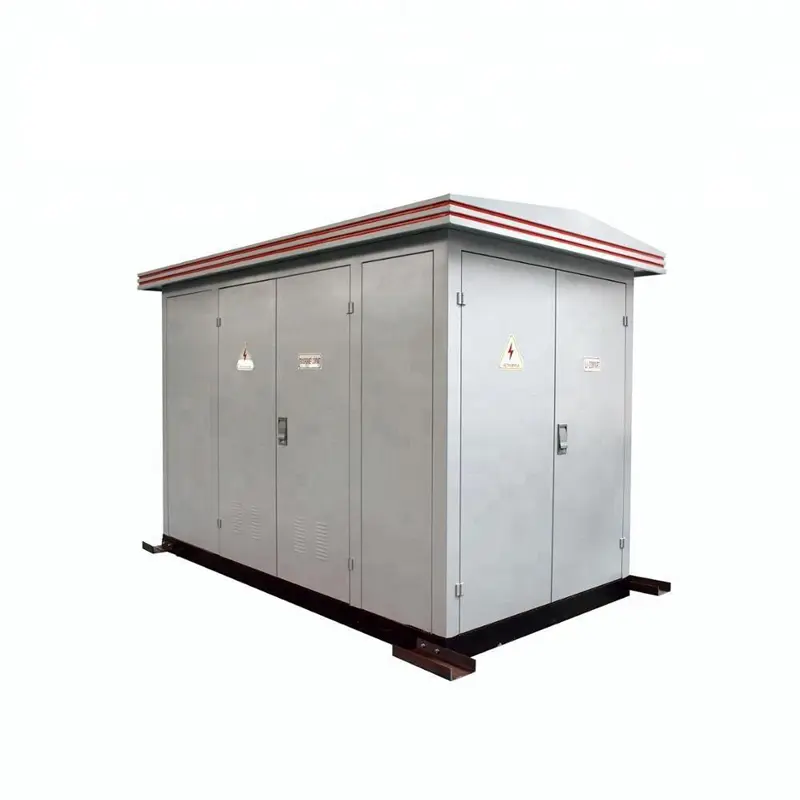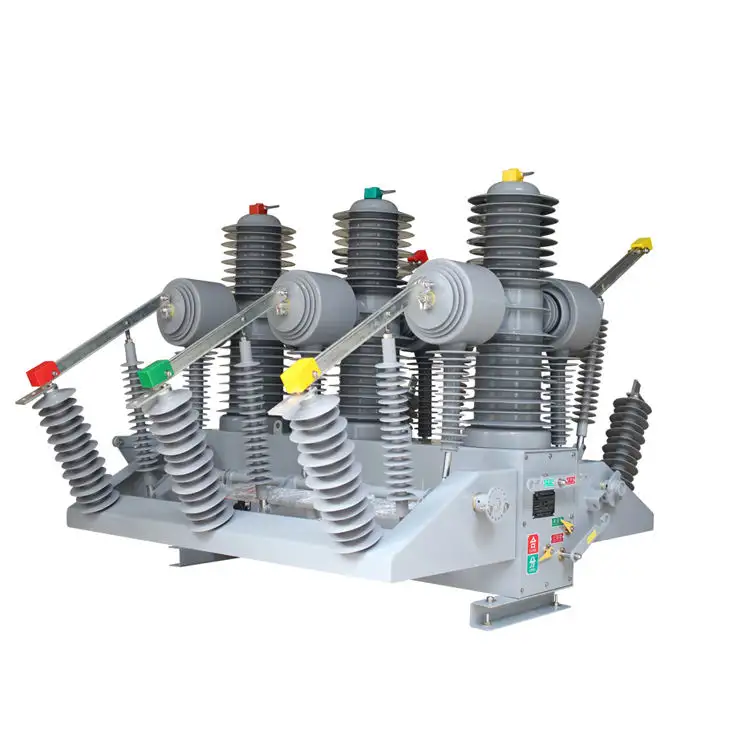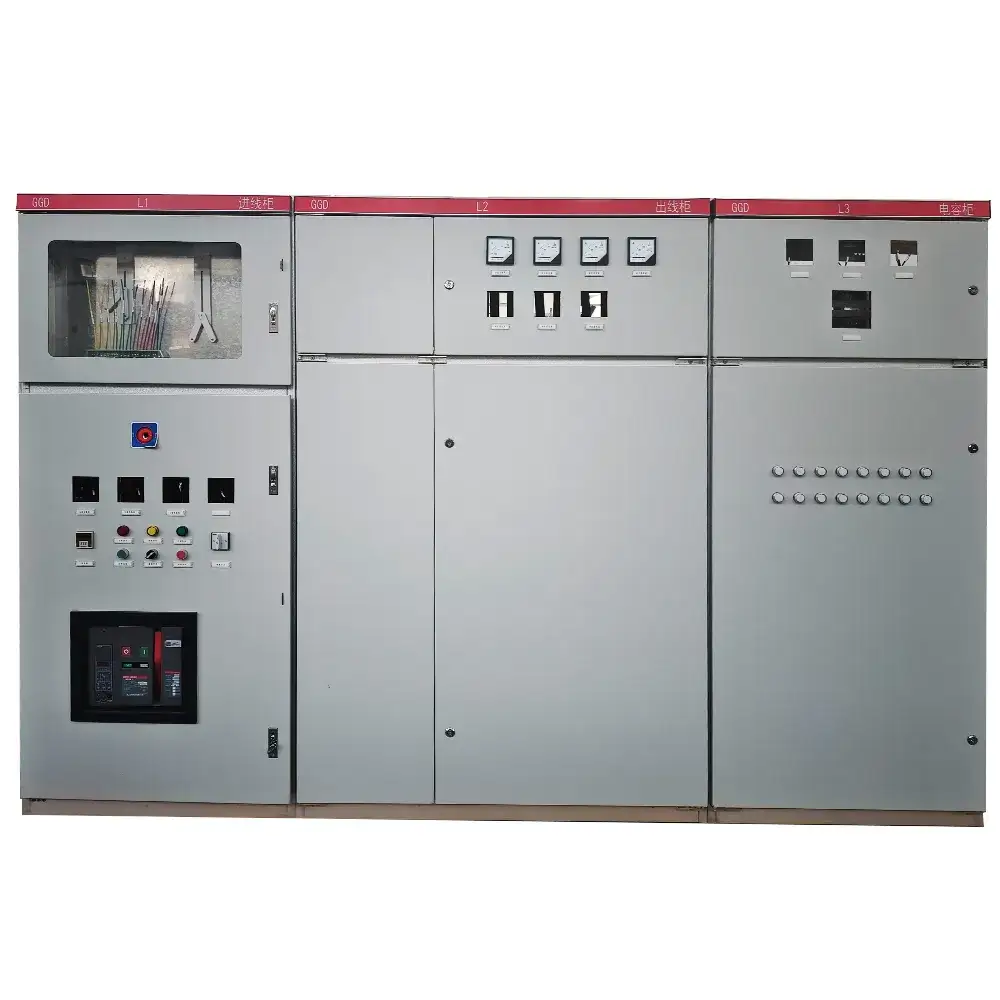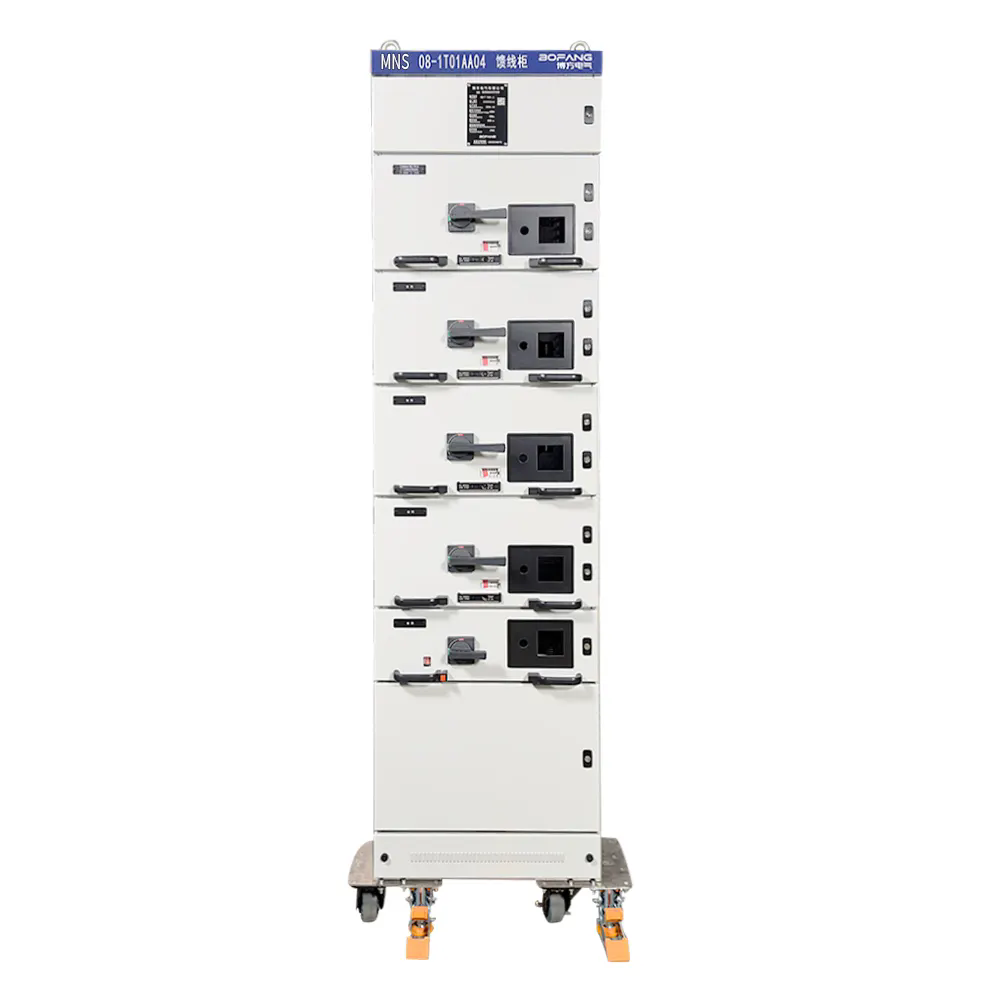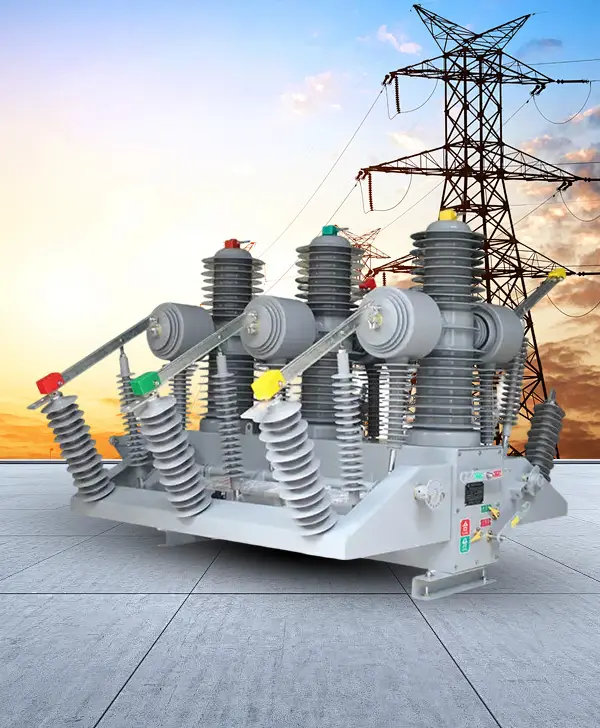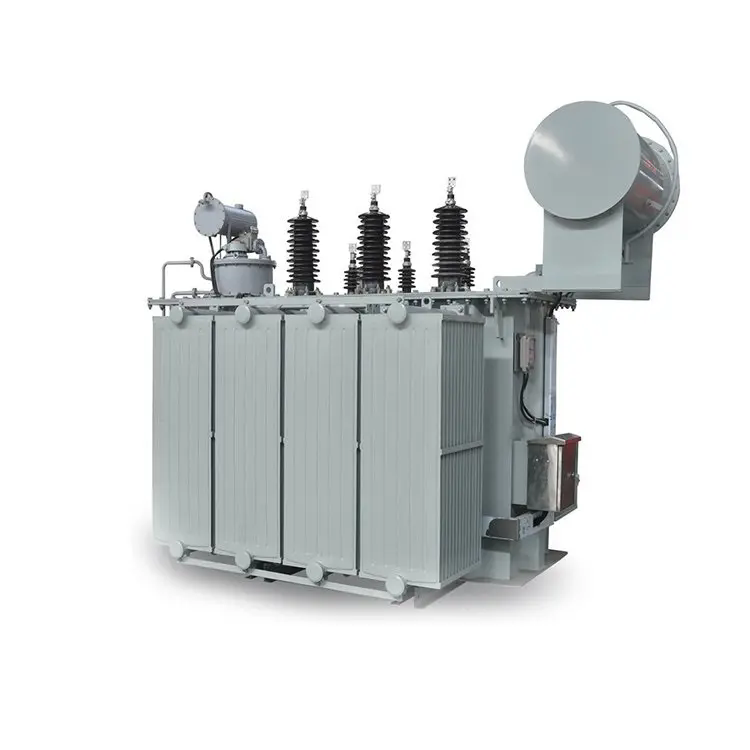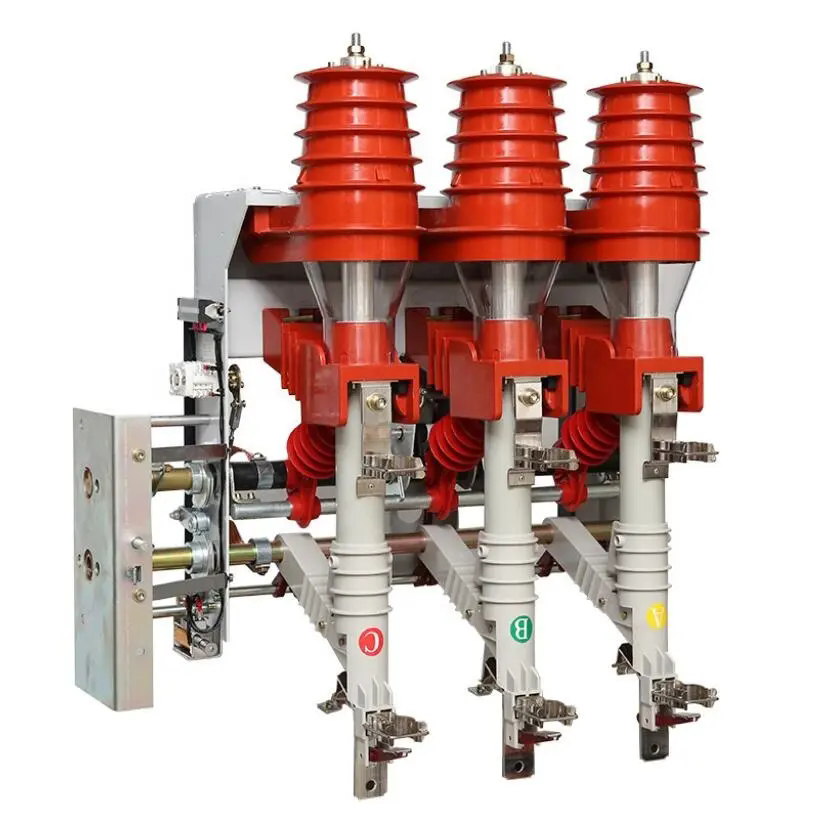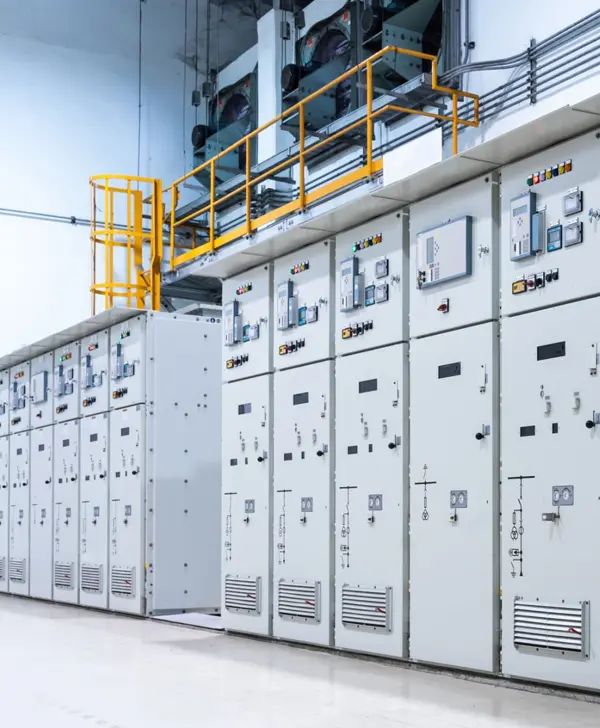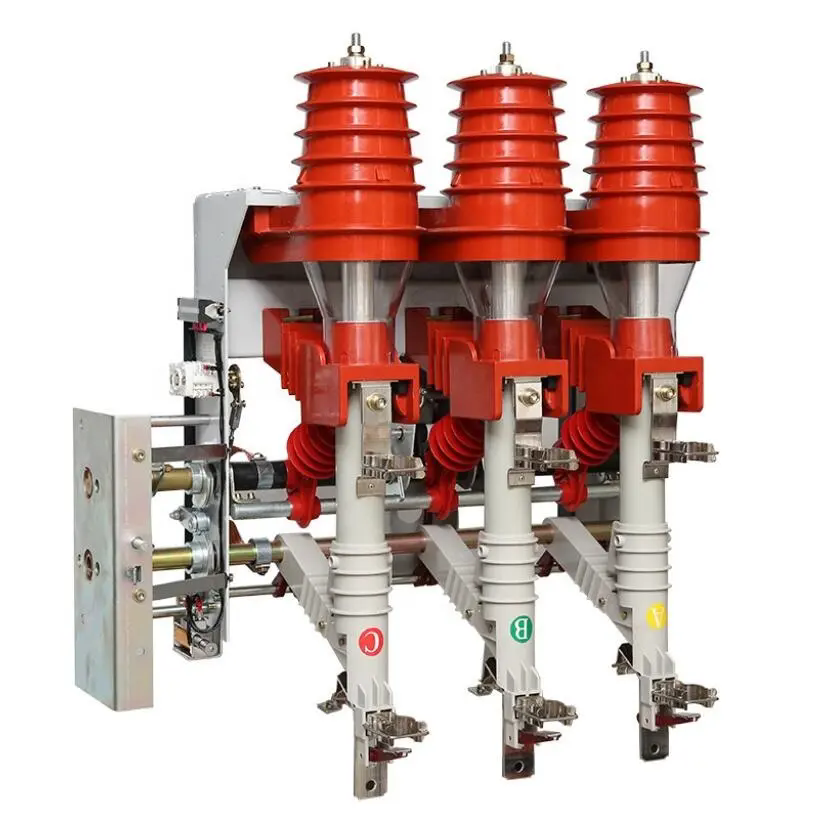Are You Using the Right Circuit Breaker for Your Application?
Table of Contents
-
What is a Circuit Breaker — How it Works, Why it Matters, What You Should Know
-
How Air Load Switches Differ and Why They Matter
-
How Load-Breaking Switches Operate, Why They Are Used, What the Spec Differences Are
-
Product Parameters & Specifications for Our Circuit Breaker Range + FAQs
What is a Circuit Breaker — How it Works, Why it Matters, What You Should Know
How does a circuit breaker work?
A circuit breaker is an electromechanical (or electronic) switching device that interrupts the flow of electric current when a fault (such as overcurrent, overload or short circuit) is detected.Internally, many breakers combine a bimetallic strip (for thermal overload protection) and an electromagnet (for instantaneous short-circuit interruption).When the breaker’s trip mechanism activates, the contacts separate, the arc that forms is extinguished by the arc‐quenching medium or mechanism, and current flow is stopped.
Why is a circuit breaker critically important?
-
It protects wiring, equipment and people by interrupting potentially dangerous over-current flows before damage, fire or equipment failure occurs.
-
Unlike a one-time fuse, the breaker can be reset and reused — improving system maintenance and reliability.
-
In modern power distribution systems, the breaker also serves as a selective protection, enabling coordination of multiple circuits, thereby preventing unnecessary outages.
What are the key technical features you should evaluate?
Here is a summary list of the most important parameters:
| Parameter | Description | Why it matters |
|---|---|---|
| Rated voltage (V) | Maximum system voltage the breaker is designed for | Ensures safe insulation and interruption at rated voltage |
| Rated current (A) | Maximum continuous current the breaker can carry | Ensures the device will not be overloaded during normal use |
| Short-circuit breaking capacity (kA) | The maximum fault current the breaker can interrupt safely | Critical for safety under fault conditions |
| Trip characteristic (thermal/magnetic or electronic) | Indicates how the breaker responds to overloads vs. short circuits | Affects coordination, selectivity, and protection speed |
| Arc extinction medium / mechanism | The method used to suppress the arc when the breaker opens (air, vacuum, SF₆, etc.) | Influences reliability, maintenance, size and cost |
| Frame size / mechanical endurance | The physical construction and durability | Impacts service life, suitability for frequent switching |
These align with industry guidance: for example, the manufacturer Eaton describes the five main parts of breakers (frame, operating mechanism, contacts, arc extinguisher, trip unit) and explains how these parts determine performance.
Short FAQs (Common Questions)
Q: What is the difference between a fuse and a circuit breaker?
A: A fuse is a one-time device that melts and must be replaced after an over-current event, whereas a circuit breaker can be reset after tripping and often incorporates additional protection features such as ground fault or arc fault protection.
Q: Why does my breaker keep tripping?
A: Frequent tripping indicates either that the circuit is overloaded (too many devices drawing current), there is a short circuit or a ground fault, or the breaker may be faulty/outdated. Proper sizing and wiring are essential.
Q: Can I replace a breaker with any brand?
A: Not always. The breaker must meet compatible specifications (voltage, current, breaking capacity) and comply with the panel’s requirements and local electrical codes. Using an incompatible brand or incorrect spec may void warranties or compromise safety.
How Air Load Switches Differ and Why They Matter
How does an air load switch work?
An Indoor Disconnector Switch is a type of switchgear that uses as the arc‐extinguishing medium when making or breaking a circuit under load. It is capable of making and breaking load currents (though not necessarily high fault currents) in a safer way than a standard isolator.
Contacts separate, an arc may form in the air gap and special design features (arcing horns, air flow, contact geometry) are used to stretch, cool and extinguish the arc.
Why is the Indoor Disconnector Switch useful in systems?
-
It enables live switching of load circuits (i.e., circuits that are energized and carrying current) without requiring the full fault‐circuit interruption duty of a heavy breaker, thus offering a lower-cost alternative for certain applications.
-
It is often used for feeders, transformer isolation, and distribution panels where full breaker protection may not be needed but safe switching is critical.
-
The simpler design often means lower cost, lower maintenance and simpler installation compared to high-capacity circuit breakers.
What should you check when selecting one?
-
Rated voltage and current for load switching
-
Whether it is designed for live load make/break (load break switch) rather than just isolation under zero current
-
The arc‐quenching design (air vs other media) and expected maintenance
-
How it interfaces with protective devices (e.g., is a fault current interrupting device still required downstream?)
How Load-Breaking Switches Operate, Why They Are Used, What the Spec Differences Are
How does a load-breaking switch work?
A load-breaking switch (LBS) is designed to safely make and break circuits under load (i.e., current flowing) and to isolate the circuit for maintenance. It employs mechanisms (spring-loaded contacts, arc‐quenching chambers, gas/vacuum media) to manage the arc when opening a live circuit.
When opening under load, the device must control the arc until the current drops to zero, or divert the arc energy safely. Some LBS devices are built to carry fault currents for the short time required until a fuse or breaker acts.
Why choose a load-breaking switch vs a standard breaker?
-
It can provide cost-effective switching where full protection is not required (for example, in systems where a breaker upstream handles the fault interruption).
-
It enables safe switching of live circuits (for maintenance, load transfer) without full interruption of the entire system.
-
The simpler structure can reduce footprint, reduce maintenance and increase ease of installation in certain medium-voltage distribution settings.
-
It supports system flexibility: switching between feeders, handling transformer connections, and distribution network reconfiguration.
What are the key specification distinctions?
Unlike full circuit breakers, load-breaking switches may have lower fault breaking capacity, but good load carrying and making/breaking under load.
-
Rated voltage and current (for normal operation)
-
Load make/break current rating
-
Interruption capability of small inductive/capacitive currents
-
Whether it is suited for fault current interruption or only downstream protection covers fault currents
-
Mechanical endurance, arc‐extinguishing medium, remote operation capability
Here is a comparison table for clear understanding:
| Feature | Circuit Breaker (High-Capacity) | Load-Breaking Switch (LBS) |
|---|---|---|
| Fault Current Interruption | High (kA ratings) | Typically lower; often needs fuse or breaker for fault backing |
| Load Make/Break Capability | Yes | Specifically designed for live load switching |
| Cost & Size | Larger, more complex | Simpler, more compact |
| Typical Use Case | Full protection in feeders, distribution mains, substations | Distribution switching, feeder transfer, isolations, medium-voltage panels |
| Maintenance | Higher, depends on arc technology | Lower, simpler mechanism in many cases |
Product Parameters & Specifications for Our Circuit Breaker Range + FAQs
Product Specification Example
Below is a detailed specification table for our standard circuit breaker product offering under the brand Syhf. These parameters may be customized according to customer requirement.
| Model | Rated Voltage (V) | Rated Current (A) | Breaking Capacity (kA) | Trip Characteristic | Frame / Mounting | Notes |
|---|---|---|---|---|---|---|
| SYHF-CB100 | 400 VAC / 50 Hz | 100 A | 25 kA | Thermal-magnetic + electronic trip | 3-pole, DIN rail | General distribution |
| SYHF-CB250 | 690 VAC / 50 Hz | 250 A | 35 kA | Electronic adjustable | Fixed mount, draw-out | Industrial motor feeder |
| SYHF-CB630 | 1000 VDC | 630 A | 50 kA | Electronic with remote trip option | Fixed, panel mount | PV or battery systems |
| SYHF-CB1250 | 1500 VAC / 60 Hz | 1250 A | 80 kA | Electronic microprocessor protection | Withdrawable unit | Heavy industry/substation |
Key features of our product line:
-
High breaking capacity, compliant with IEC/IEEE standards.
-
Robust arc‐extinguishing chamber design for long service life.
-
Modular trip units allowing remote monitoring and coordination.
-
Clear status indication (ON/OFF/TRIPPED) and lockable handles for safety.
-
Designed for easy integration into switchgear systems or retrofit into existing panels.
More Common Questions & Answers
Q: How do I decide between a load-breaking switch and a full circuit breaker?
A: If your system requires frequent switching under load (for example feeders, transformer isolation or network reconfiguration), a load-breaking switch (LBS) may be appropriate because it supports make/break under current in a cost-effective format. However, if your application needs to interrupt high fault currents and provide full protection (short-circuit, overload, arc fault, etc.), a circuit breaker with full fault interruption rating is necessary.
Q: Can I use a circuit breaker from one manufacturer in a panel from another manufacturer?
A: In many cases physical mechanical fit may be possible, but safety, coordination, warranty and code compliance must be verified. The breaker must meet the panel’s bus-bar configuration, connector type, frame rating and interrupting rating. Using a mismatched brand may void the panel certification or lead to sub-optimal protection.
Q: What routine maintenance does a circuit breaker require?
A: Even though circuit breakers are designed for reset and reuse, periodic inspection is essential: check for visual signs of wear (contact erosion, overheating, discoloration), test the mechanical operation of the mechanism, verify trip unit settings and functionality, ensure connections are tight and there is no corrosion. Regular maintenance ensures reliability and prolongs service life.
In closing, at Syhf we deliver a full range of circuit protection solutions—from standard circuit breakers to load-breaking switches and air load switch options—designed to meet the evolving demands of modern distribution systems, industrial plants and renewable installations. Our expertise ensures you select the right device: the correct voltage class, current rating, breaking capacity and mechanism for your application. For consultations, customized solutions and quotes — Contact Us to ensure your systems are protected by the most appropriate equipment.
- How can an Electrical Substation become the most reliable asset in my grid?
- How Did I Cut Risk And Cost With An Oil Immersed Transformer Upgrade?
- Which Transformer Derivatives Solve Harmonics At EV Fast Charging Sites?
- How Does a Circuit Breaker Protect Your Power System?
- Why Is the Compact Substation Revolutionizing Modern Power Distribution?
- What Makes Dry Type Transformers the Choice for Modern Power Systems?




